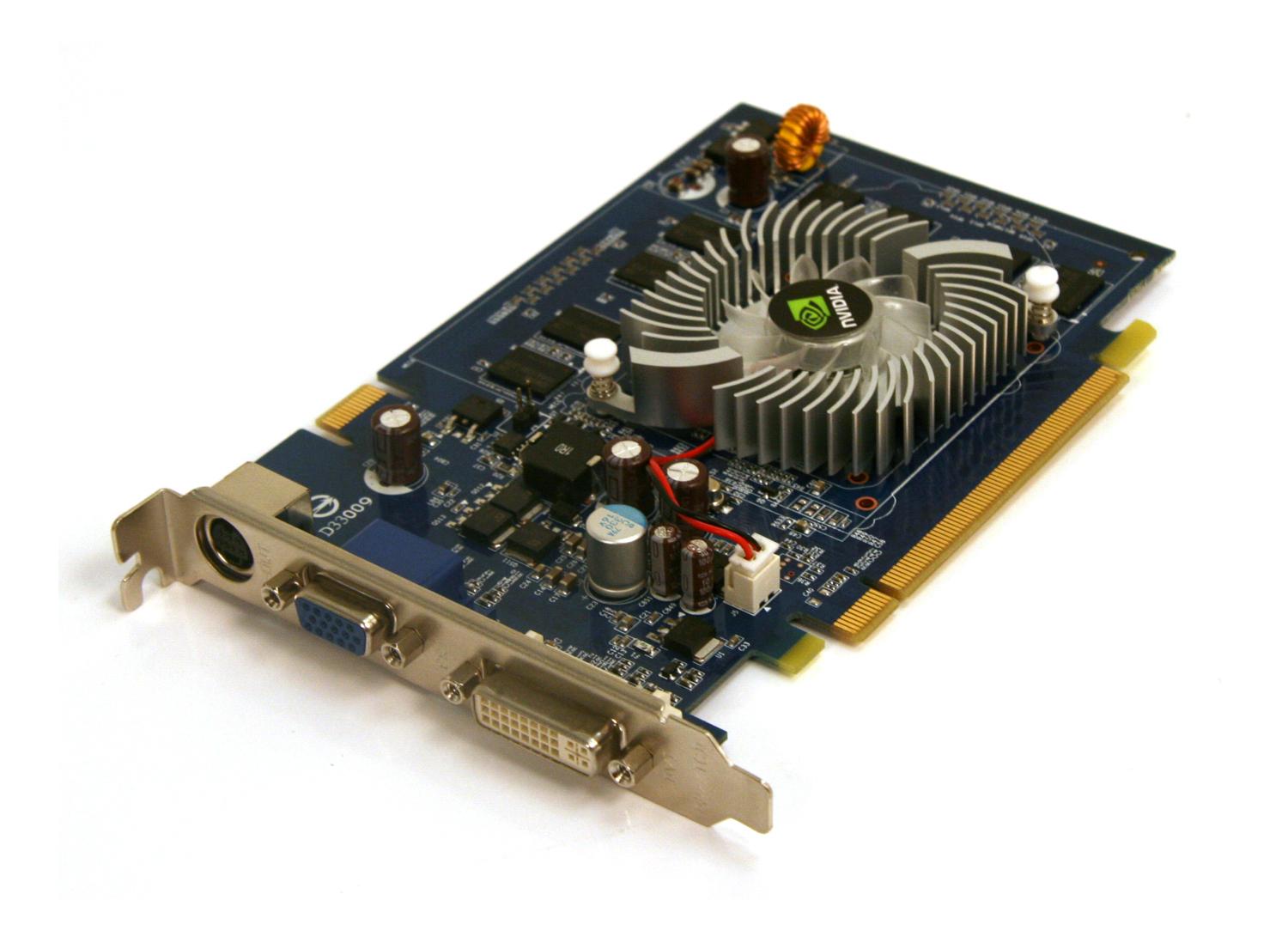Flash memory
A computer chip with a read-only memory that retains its data when the power is turned off and that can be electronically erased and reprogrammed without being removed from the circuit board, often used in fax machines.

Graphic cards
Your graphics card (also called a video card) is the hardware that actually creates the images shown on your monitor. For three-dimensional applications like the Second Life Viewer, this card does much of the work involved in actually calculating and drawing the 3D world. As a result, your graphics card plays a very important part in your Second Life experience.

Sound cards

Network interface card (NIC)

Often abbreviated as NIC, an expansion board you insert into a computer so the computer can be connected to a network. Most NICs are designed for a particular type of network, protocol, and media, although some can serve multiple networks.
Plug and Play

Bus Line
A collection of wires through which data is transmitted from one part of a computer to another. You can think of a bus as a highway on which data travels within a computer. When used in reference to personal computers, the term bus usually refers to internal bus. This is a bus that connects all the internal computer components to the CPU and main memory. There's also an expansion bus that enables expansion boards to access the CPU and memory.
HDMI
Short for High-Definition Multimedia Interface, it is the first industry-supported uncompressed, all-digital audio/video interface. It's a single cable and user-friendly connector that replaces the maze of cabling behind the home entertainment center. HDMI provides an interface between any audio/video source, such as a set-top box, DVD player, or A/V receiver and an audio and/or video monitor, such as a digital television (DTV), over a single cable.

Cache memory
A memory cache, sometimes called a cache store or RAM cache, is a portion of memory made of high-speed static RAM (SRAM) instead of the slower and cheaper dynamic RAM (DRAM) used for main memory. Memory caching is effective because most programs access the same data or instructions over and over. By keeping as much of this information as possible in SRAM, the computer avoids accessing the slower DRAM.

No comments:
Post a Comment